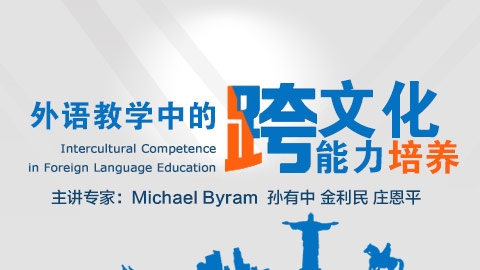where we are going = a model of intercultural communicative teaching
language is not enough
culture is a verb.
culture as things--- the material products or social products.
culture as everyday life---what a group of peopel do.
Culture=behaviours and values and beliefs which determines behaviors.
RULES
rECIP*ITY RULE
Agreement rule
Context rule:
BELIEF
VALUE
creating social warnth
BUT RULES ARE CONVENTIONS NOT LAWS
Teaching and


